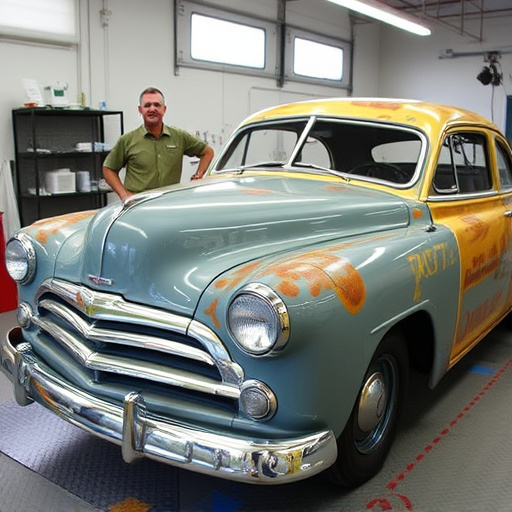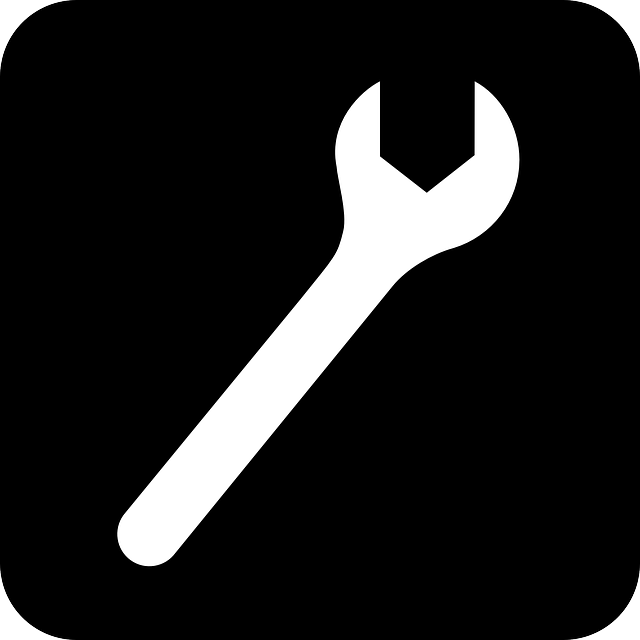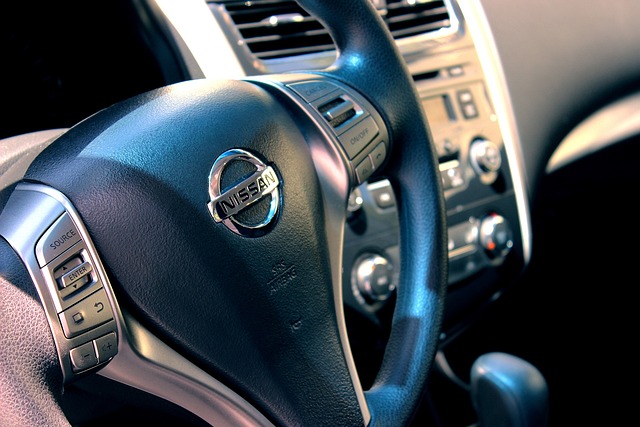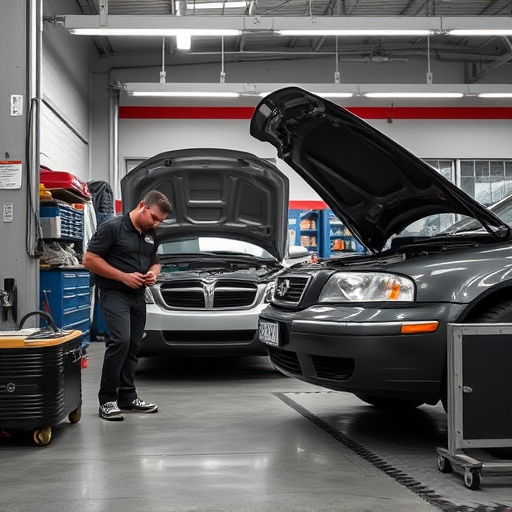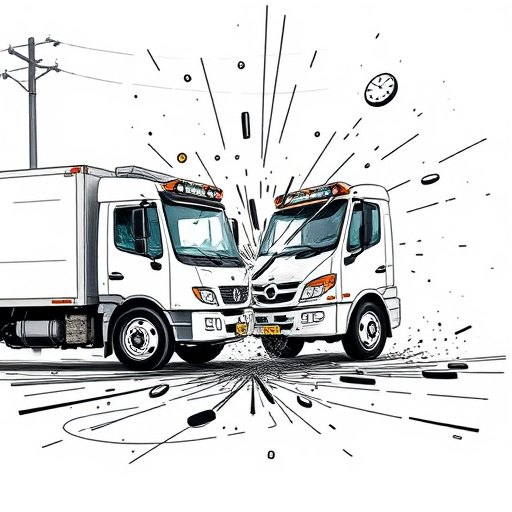The "tear down for estimate" process involves meticulous disassembly and inspection of commercial vehicle damage, identifying hidden issues and determining accurate costs for restoration using specialized tools and industry knowledge. Efficient damage assessments are crucial for precise estimates, beginning with visual inspections, detailed documentation, and collaboration among experienced assessors to ensure consistency and accuracy in collision repair center services.
In the realm of commercial vehicle damage assessments, a thorough “tear down” process is essential for generating precise estimates. This methodical disassembly allows for a detailed examination of each component, ensuring accurate replacements and repairs. This article guides you through the core aspects of effective tear-down practices, highlighting key components to consider and best strategies for efficient damage assessments. By mastering these techniques, professionals can deliver reliable estimates, optimizing post-crash restoration processes.
- Understanding the Tear Down Process
- Key Components for Accurate Estimates
- Best Practices for Efficient Damage Assessments
Understanding the Tear Down Process

The tear down for estimate is a meticulous process that forms the foundation for accurate commercial vehicle damage assessments. It involves a thorough disassembly and inspection of the damaged components, allowing experts to identify each area requiring repair or replacement. This methodical approach ensures that no hidden damage goes unnoticed, which can be critical in estimating costs and time frames for restoration.
By breaking down the vehicle into its various parts—including car paint repair, frame straightening, and car dent removal—assessors can evaluate the extent of the damage from multiple angles. This process not only facilitates a more precise estimate but also enables specialists to recommend appropriate repair techniques tailored to each component’s unique needs.
Key Components for Accurate Estimates

When performing a tear down for estimate in commercial vehicle damage assessments, several key components must be considered to ensure accuracy. The process begins with a thorough inspection of the damaged area, requiring skilled technicians to meticulously examine every detail. This includes identifying the extent of the damage, assessing the need for parts replacement or repair, and taking detailed measurements to account for any discrepancies.
Additionally, understanding the specific make and model of the vehicle plays a crucial role in providing an accurate estimate. Factors such as rarity, availability of parts, and labor costs associated with classic car restoration or car bodywork services can significantly impact the final figure. Car body shops need to maintain up-to-date pricing databases and industry knowledge to deliver precise estimates tailored to each unique scenario.
Best Practices for Efficient Damage Assessments

Efficient damage assessments are paramount for accurate tear-down for estimate procedures in commercial vehicle cases. To streamline the process, a structured approach is essential. Begin by conducting a thorough visual inspection, documenting every visible imperfection with high-quality photographs and detailed notes. This initial step provides a baseline and ensures nothing is overlooked during the subsequent disassembly.
Next, utilizing specialized tools and equipment designed for auto body repairs and frame straightening, commence the tear-down process. This methodical disassembly allows for a comprehensive evaluation of each component, identifying both visible damage and potential hidden issues. Collaboration between experienced assessors is crucial to ensure consistency and accuracy throughout the process, ultimately leading to precise estimates for collision repair center services required for effective repairs.
When it comes to commercial vehicle damage assessments, a thorough tear-down process is essential for generating accurate estimates. By understanding the key components involved and adopting best practices, assessors can efficiently navigate the damage, gather precise data, and provide reliable evaluations. Embracing these methods ensures that every aspect of the vehicle is considered, leading to more informed decisions and cost-effective repairs. Incorporating “tear down for estimate” methodologies enhances the overall efficiency and accuracy in managing commercial fleet maintenance.

